 prediction on two classes
prediction on two classesDefinition and training of the models, feature importance and feature selection.
We want to distinguish the camera latency into different danger classes and be able to predict them depending on the other parameters.
If we use 2 or 5 classes the results are different
 prediction on two classes
prediction on two classes
Perfomances decrese when we want to increase the number of classes
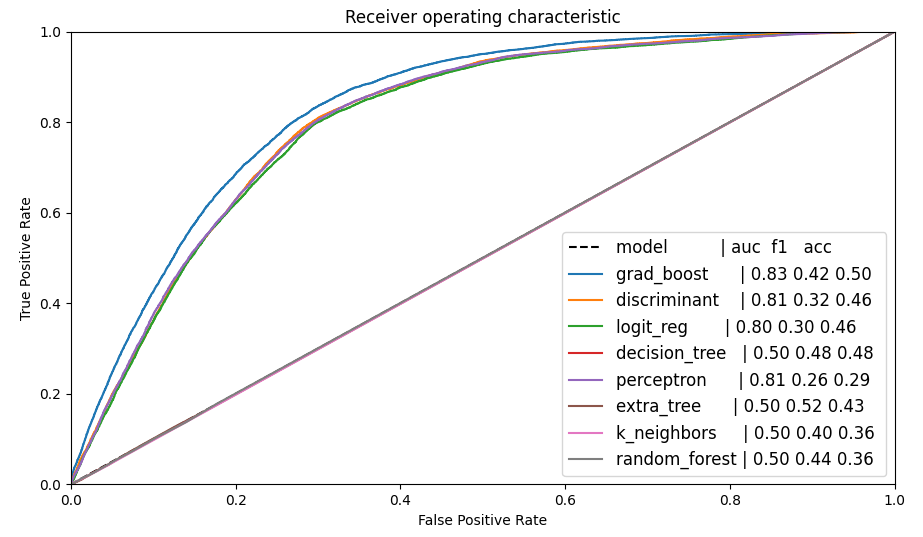 prediction on two classes
prediction on two classes
If we consider only the incident set we see that training is more difficult
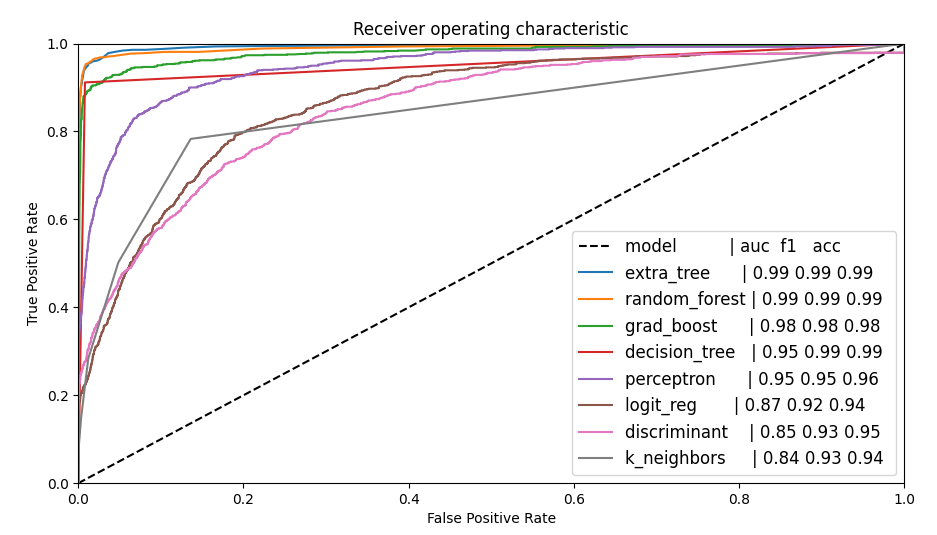 prediction of spikes on incident time series
prediction of spikes on incident time series
The confusion matrix shows really few counts outside of the diagonal
 confusion matrix of the spike prediction
confusion matrix of the spike prediction
Iterating over different models we see different performances and feature importance. Despite differences we see that most of the model consider modem issues as the most relevant for spike prediction
 feature importance according to
different models
feature importance according to
different models
Running a simple regression results are pretty clear
 feature regression
feature regression
Code: train_spike.
We want to understand which are the most important predictors for camera latency.
We create the most simple regressor as baseline model to set the reference performance to test other models
model = Sequential()
model.add(Dense(layer[0],input_shape=(n_feat,),kernel_initializer='normal',activation='relu'))
model.add(Dense(1, kernel_initializer='normal'))
model.compile(loss='mean_squared_error', optimizer='adam')We train the model on the complete dataset and than iterate for each single series
 performance of the baseline
model
performance of the baseline
model
We see that in the baseline model only a peak is predicted.
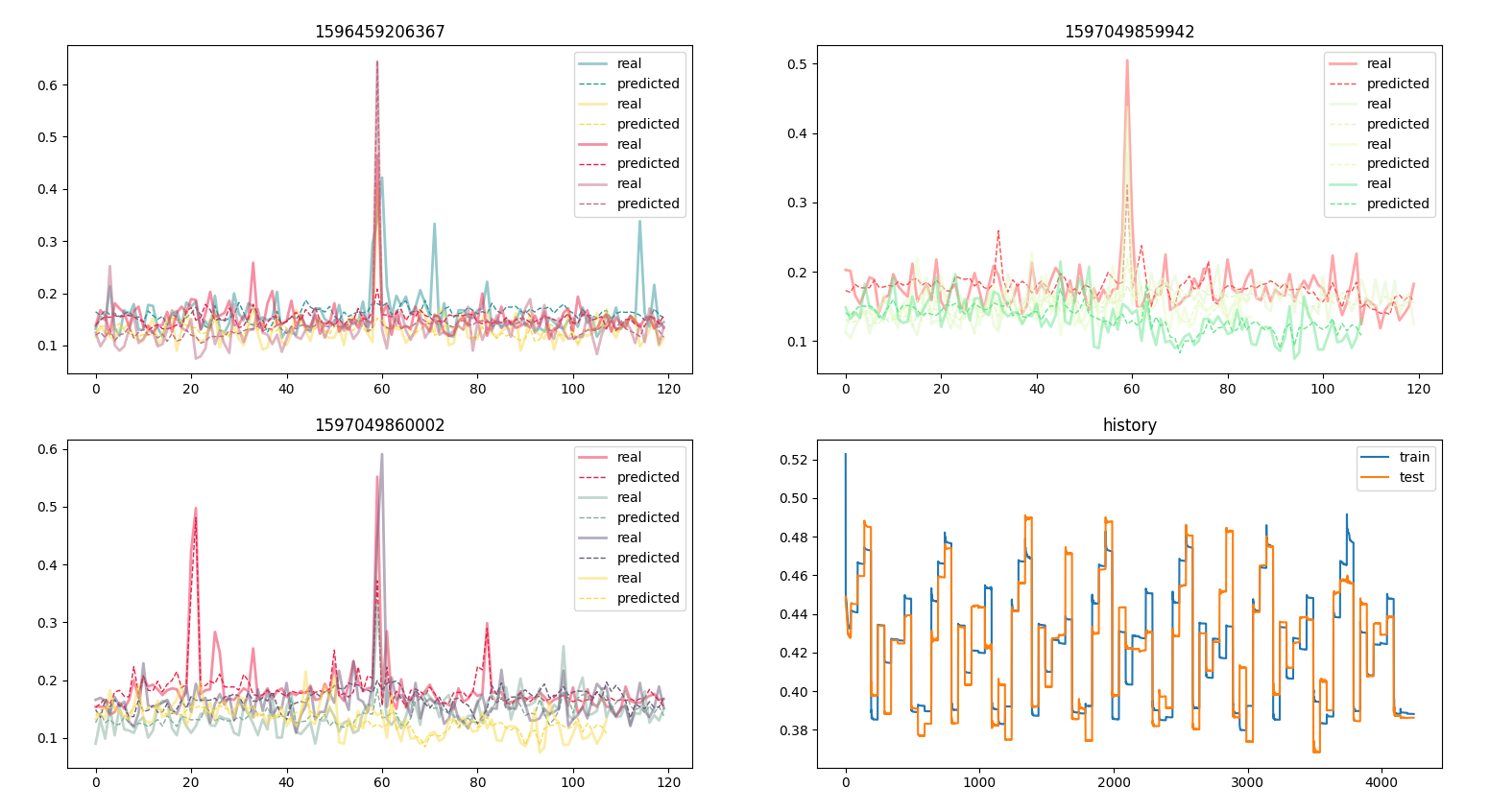 Performance of a three layers network
on incident data
Performance of a three layers network
on incident data
With a deeper network few peaks more are detected.
Code: feature_etl.
We want to calculate the spike risk predicting the
time_to_spike from the other features and calculate the
risk of an upcoming spike. We first train on the denoised average
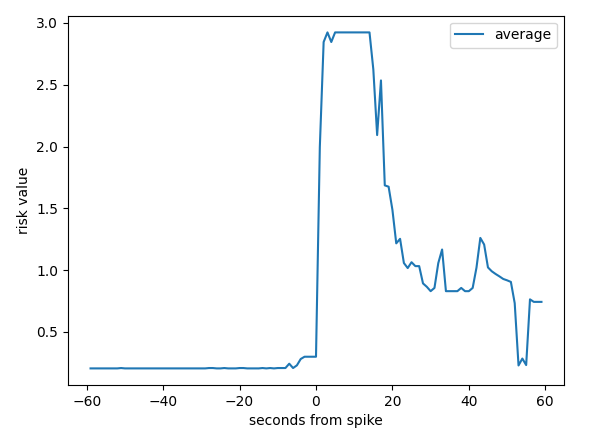 prediction deviation
prediction deviation
We than apply a Cox-Breslow survival estimator to calculate the cumulative dynamic AUC
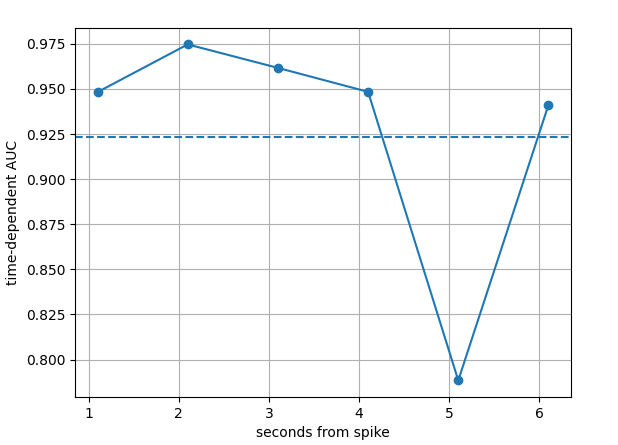 AUC
on Cow Breslow
AUC
on Cow Breslow
We perform than cross validation traning the model on a series and predicting on another one, we see that the cross validation tends towards the average prediction
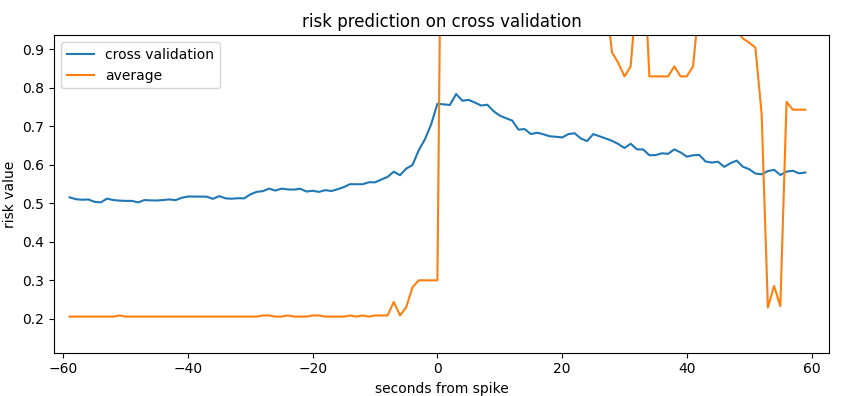 risk prediction on cross validation
risk prediction on cross validation
We first perform a lmts on the camera_latency itself. We
perform 20 epochs on the average and than 2 epochs on each single
series
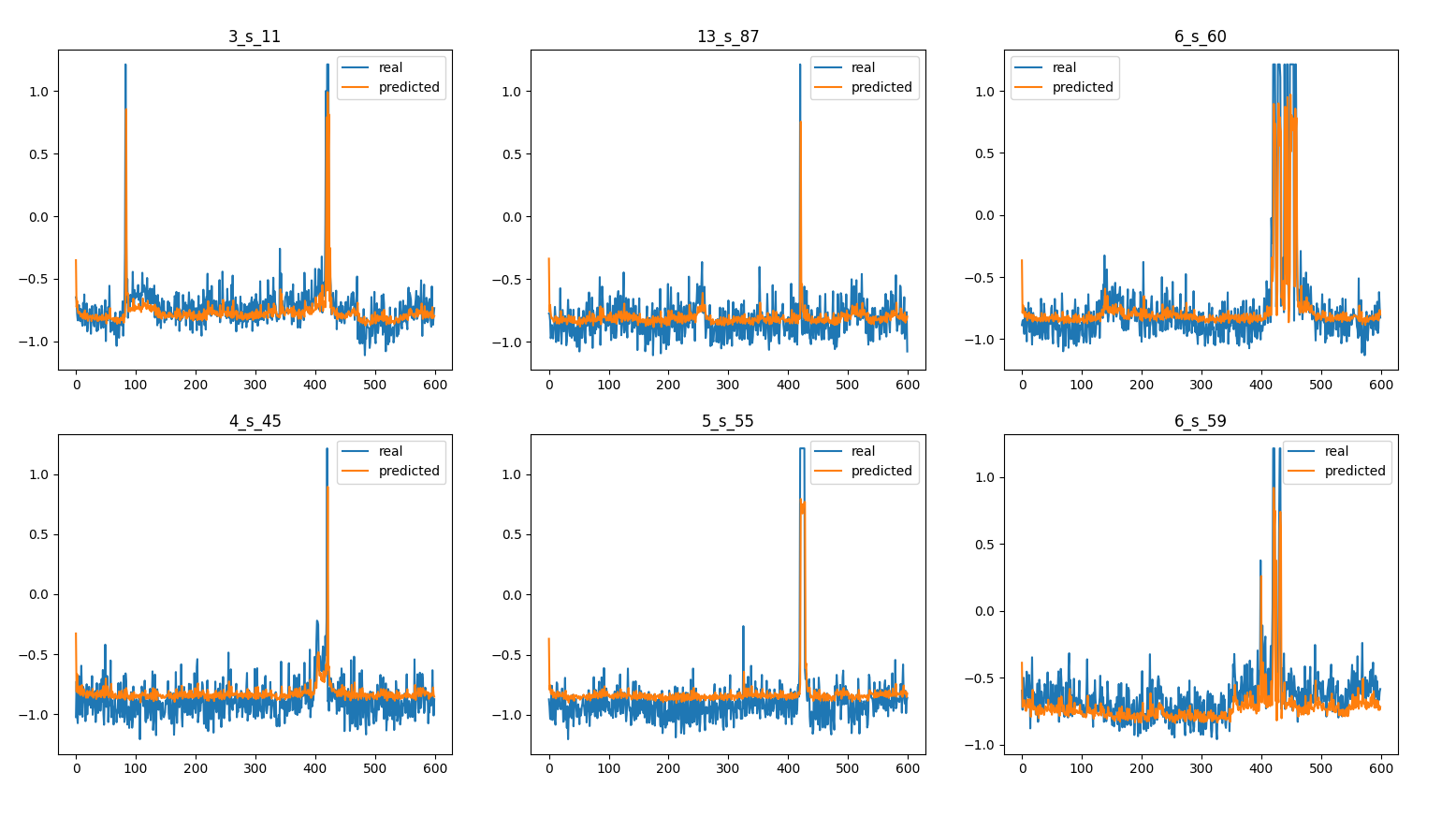 different example series on spike forecast
different example series on spike forecast
We see that the learning is pretty unregular
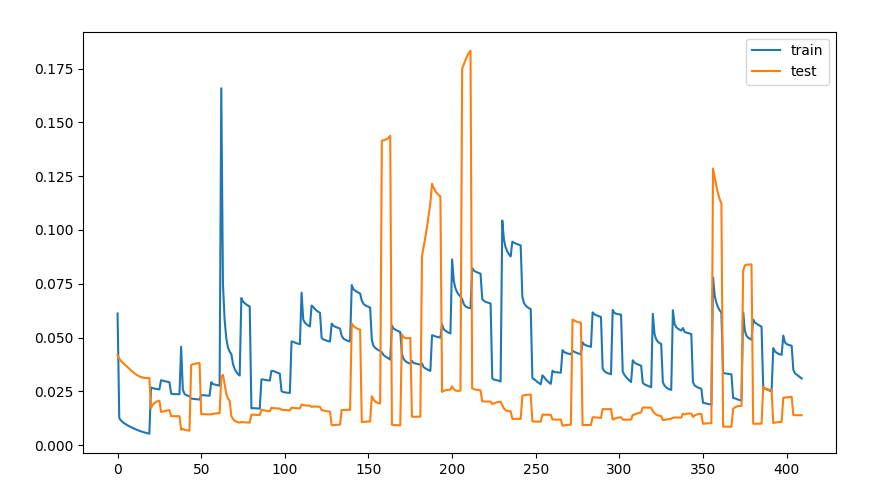
We than check how many spkies we can forecast
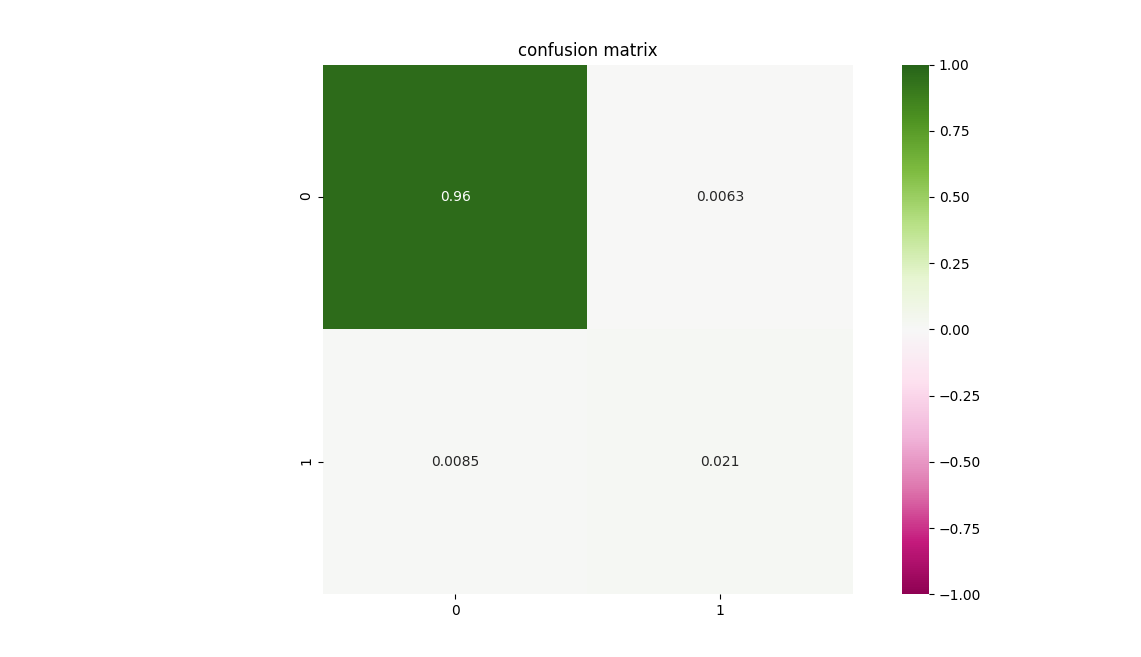 confusion matrix on forecasted
spikes
confusion matrix on forecasted
spikes
We finally perform a forecast only with networking features
 forecast with networking features
forecast with networking features
and calculate the final confusion matrix
 confusion matrix on forecasted spikes
with networking features
confusion matrix on forecasted spikes
with networking features
